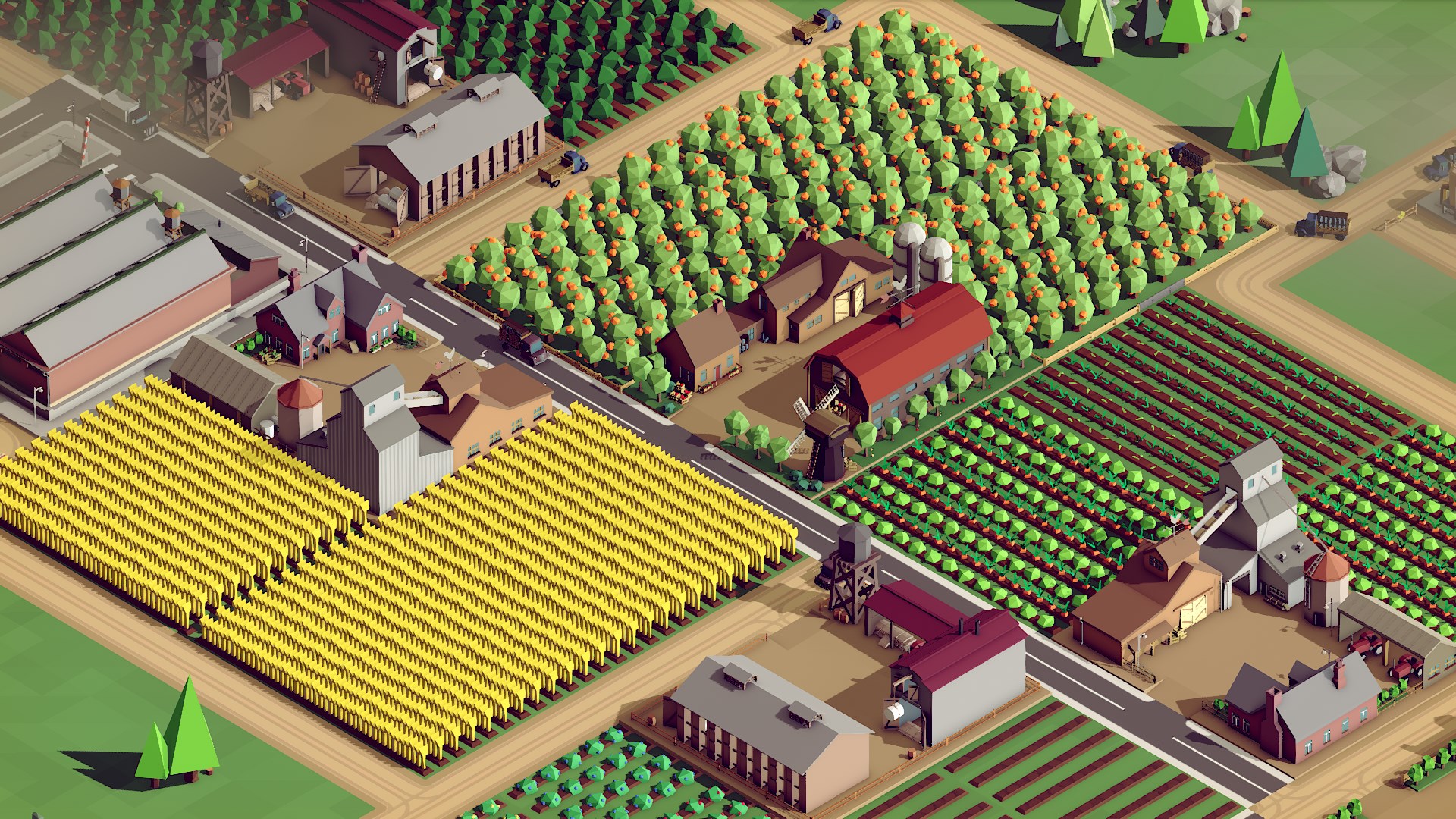


A system-level change approach is required and one which will capture the opportunities missed by the current linear textiles system.Designed with an eye towards both accessibility and depth Rise of Industry formerly known as Project Automata takes inspiration from classic games like Industry Giant Transport Tycoon Anno and Factorio. Achieving a new textiles economy will demand unprecedented levels of alignment. In such a model, clothes, fabric, and fibres re-enter the economy after use and never end up as waste. – to design out negative impacts and capture a USD 500 billion economic opportunity by truly transforming the way clothes are designed, sold, and used.īeyond laudable ongoing efforts, a new system for the textiles economy is needed and this report proposes a vision aligned with circular economy principles. It is based on three principles, driven by design: eliminate waste and pollution, circulate products and materials (at their highest value), and regenerate nature. The report A new textiles economy: Redesigning fashion’s future outlines a vision and sets out ambitions and actions – based on the principles of a circular economy circular economy A systems solution framework that tackles global challenges like climate change, biodiversity loss, waste, and pollution. The time has come to transition to a textile system that delivers better economic, societal, and environmental outcomes.

This trend has been further accentuated over the past 15 years by rising demand from a growing middle class across the globe with higher disposable income, and the emergence of the ‘fast fashion’ phenomenon, leading to a doubling in production over the same period. Since the 20th century, clothing has increasingly been considered as disposable, and the industry has become highly globalised, with garments often designed in one country, manufactured in another, and sold worldwide at an ever-increasing pace.


 0 kommentar(er)
0 kommentar(er)
